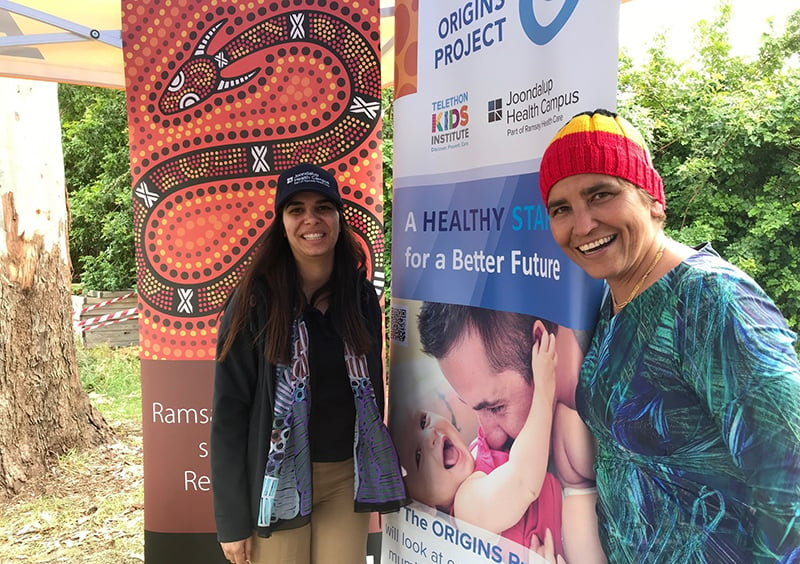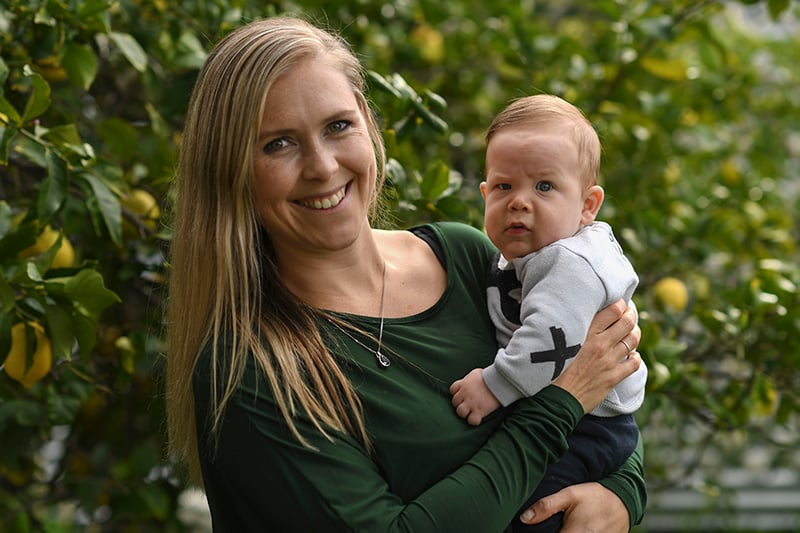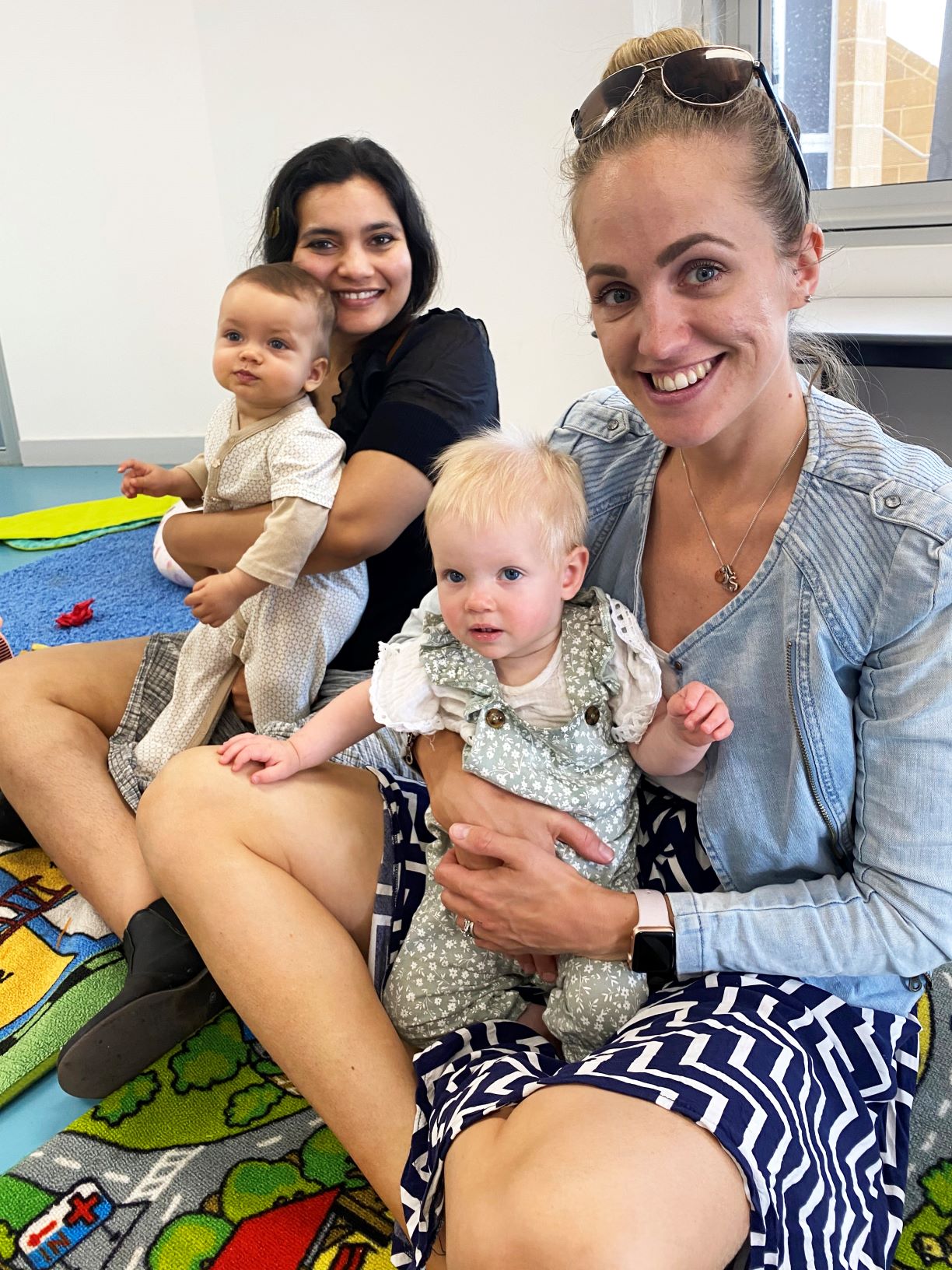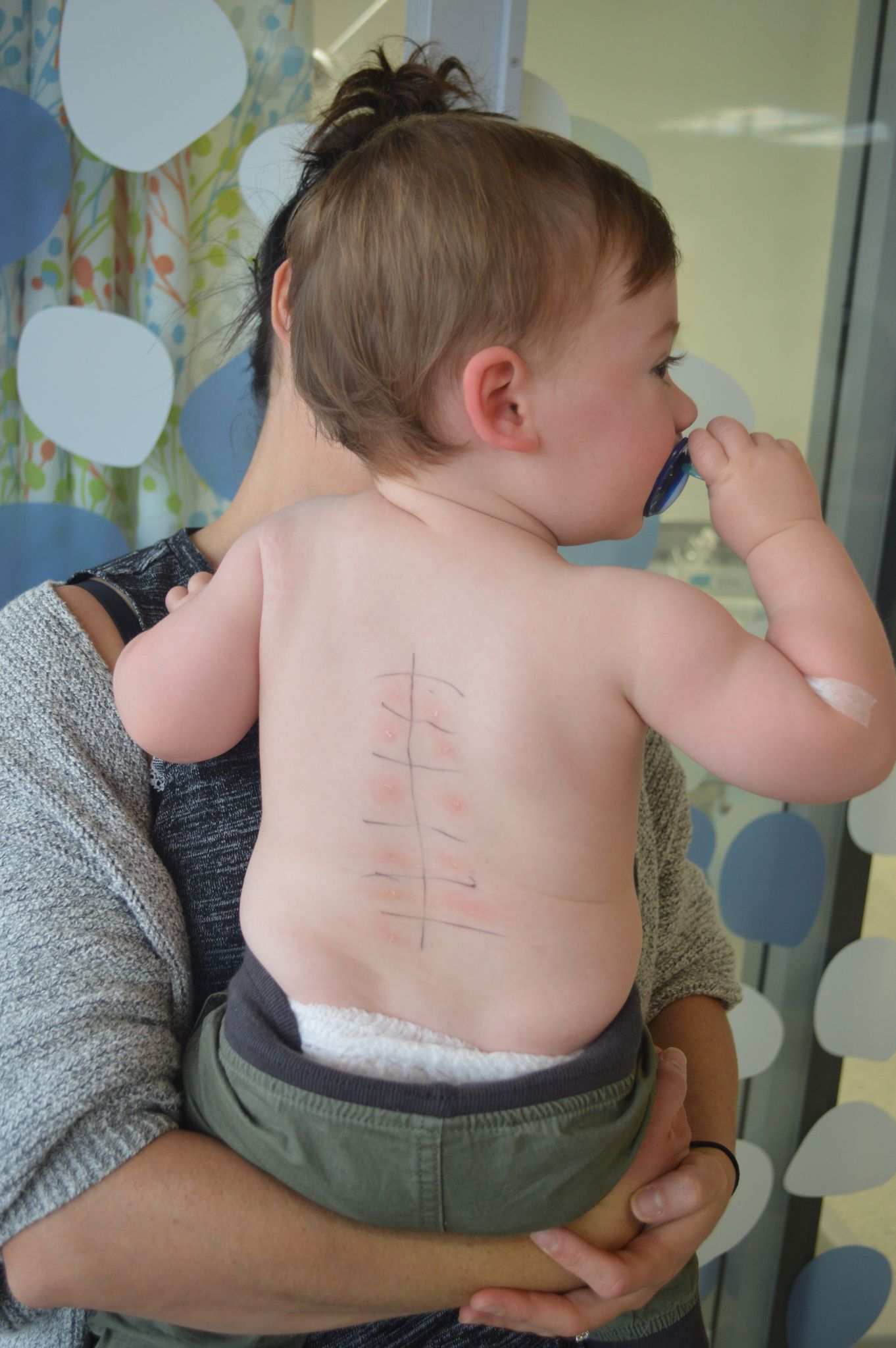Search

News & Events
ORIGINS takes part in Aboriginal wellness expoORIGINS participated in the inaugural Wadjak Northside Social Emotional Wellbeing Expo on 24 October at the Wadjak Northside Aboriginal Community Centre.

News & Events
ORIGINS researchers investigating gut health’s link to allergiesWith up to one in four Australian children now affected by allergic diseases, the potential for the ORIGINS SYMBA Study to positively impact future lives is immense.

By participating in ORIGINS, you are contributing to one of the largest and most comprehensive birth cohort studies ever.

ORIGINS provides researchers, students, clinicians and universities with a unique opportunity to play a crucial role in changing the health of future generations.

The community reference group consists of members from the Wanneroo and Joondalup community who provide a community perspective for the Project.
Get in Touch Dropping off a sample or attending a Kids Check appointment? Visit us at our Edgewater clinic. The Kids Joondalup Shop 51, Joondalup
Get in Touch Dropping off a sample or attending a Kids Check appointment? Visit us at our Edgewater clinic. The Kids Joondalup Shop 51, Joondalup
As well as ORIGINS long-term core research, there are a number of clinical trials, early interventions and shorter-term research studies that sit within ORIGINS. Known as sub-projects, these studies look at multiple aspects of child and family health and development.

Comparing how mast cells are “programmed” in allergic and non-allergic children at one year of age.

Investigating the physical impact of Long COVID on ORIGINS families
